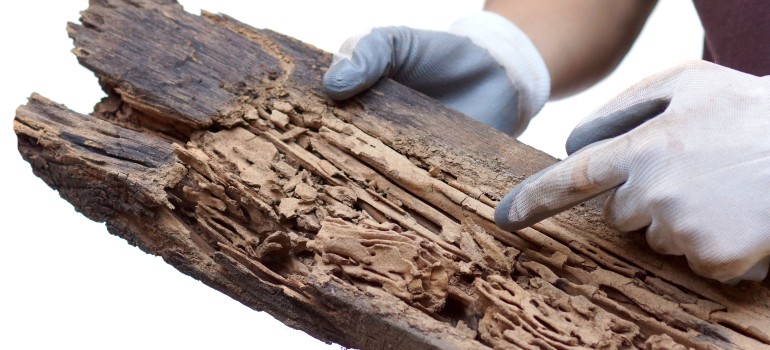
The sighting of wood boring beetles can be common, particularly in older buildings. While their presence can cause concern, nearly all wood-destroying beetles that inhabit the UK can be treated.
If you are considering any treatment, you need to determine whether the infestation is active or historic. To justify any form of treatment, all timber must be investigated by a qualified professional to determine if there are any signs of current activity. There is a possibility that the insect has already died. Therefore, treatment will not be required in this situation.
In the following article, we cover a few common wood-boring insects, the signs of their activity, how to identify them, and how to eradicate them.
Table of Contents
Common Furniture Beetle (Anobium punctatum)
Anobium punctatum is the most common wood-destroying insect found in UK buildings. It prefers dead branches and fallen trees.
An adult beetle is 2.5-5mm long and reddish to black-brown in colour. Short yellow hairs cover the surface of the upper body. In addition, there are clearly defined rows of small pits or punctures on the wings.
At its larval stage, the insect bores into the wood and feeds on it. For two to four years, larvae burrow slowly and silently under the surface of a piece of timber. Most of the damage to the wood occurs in this phase.
A common furniture beetle infestation may be identified by tiny, 1.5-2mm wide holes surrounded by a fine, dust-like substance called frass. Frass is produced by the larvae eating the wood’s interior. The adults chew through the wood’s surface after metamorphosis to emerge from inside the wood and mate.
Taking preventative measures is key. They target seasoned sapwood rather than fresh or live wood. Wood must be treated before it is used since these insects usually stay away from heartwood.
Deathwatch Beetle (Xestobium rufovillosum)
Due to its preference for partially decayed hardwoods, mainly oak, the deathwatch beetle is most frequently found in churches and other historical buildings. These beetles are 5-8mm long, dark chocolate brown, and have short yellowish hairs that give them a variegated appearance.
There are often small pellets in the frass produced by the larvae, which differentiate this damage from that caused by other wood-boring insects, along with the noticeably larger (3mm) holes.
The presence of adult deathwatch beetles, which are usually found on nearby floors, indicates an active infestation. If possible, conduct your survey during the flight season, typically between April and June.
A deathwatch beetle infestation can be particularly difficult to treat. During the emergence period of the beetle, spraying an insecticide helps destroy eggs and young larvae before they enter the wood. However, it is doubtful that such treatment will kill older larvae working at significant depths below the surface.
Keep defective or decaying wood out of your house. Freezing can be helpful when it comes to smaller, infested items.
Check also:
What to Do If You See Signs of Pest Infestation
House Longhorn Beetle (Hylotrupes Bajulus)
This house longhorn species (Hylotrupes bajulus) is widespread primarily in the southern part of the country, specifically northwest Surrey. An insect that attacks mostly softwoods infects their sapwood, in particular, that of roofing timbers in particular.
The adult beetle is 7-25 mm long and typically reddish-brown with greyish/white spots. There are two shiny black spots on the head and body that resemble eyes. The hair on the head and body is grey, and it has long curving antennae.
As they eat their way out of the timber, the mature house longhorn beetles create holes between 6-10 mm in diameter. Compared to the common form of woodworm, common furniture beetle, house longhorn leaves significantly larger holes.
Permethrin-based woodworm treatment is effective at controlling and preventing house longhorn beetle infestations. This can be used as surface treatment and injection into emergence holes.
Wood Boring Weevil (Euophryum Confine)
This species is probably the second most common wood-boring beetle seen in buildings across the UK. Reddish-brown to black, adults measure 2.5-5mm in length and have a long flat body with a distinctive long snout.
Their main attack target is decaying and damp softwood and hardwood, often infested with fungus. They can damage plywood as well. The activities of wood-boring weevils are limited to damp and partially rotten wood. The most likely places they can be found are in poorly ventilated areas like cellars and basements. Furthermore, they can be found behind mouldy skirting boards and wall plates when fungal decay is present.
It is easy to recognize wood-boring weevils by their tunnels, which appear normally along the grain, occasionally reaching the wood surface. Emergence holes are small and measure about 1mm in diameter.
In cases where weevil damage occurs, mould decay is the primary concern. Wood-boring weevils are best dealt with by removing the source of moisture and drying out timbers. It is impossible for a wood-boring weevil to infest sound dry wood, so decayed timbers must be replaced. This is probably the most environmentally friendly way to do so, and generally, wood-boring weevils do not require woodworm treatment.
Check also: Stop the Woodworm Infestation in Your Furniture
How to get rid of wood-boring insects
Wood-damaging insects are difficult to control and involve a wide range of factors that must be considered. Accurate identification of the insect is first necessary. The best ways to control insect infestations include residual insecticides (like permethrin), professional fogging as well as fumigation service or replacing infested wood.
Consequently, it is always best to seek the advice and recommendations of an experienced woodworm treatment specialist rather than using self-help or DIY measures. An infestation left unchecked can lead to severe structural weaknesses and eventually collapse.
Are you dealing with a pest infestation?
You don't have to be alone in the battle against pests. Hire a professional pest expert!
Call us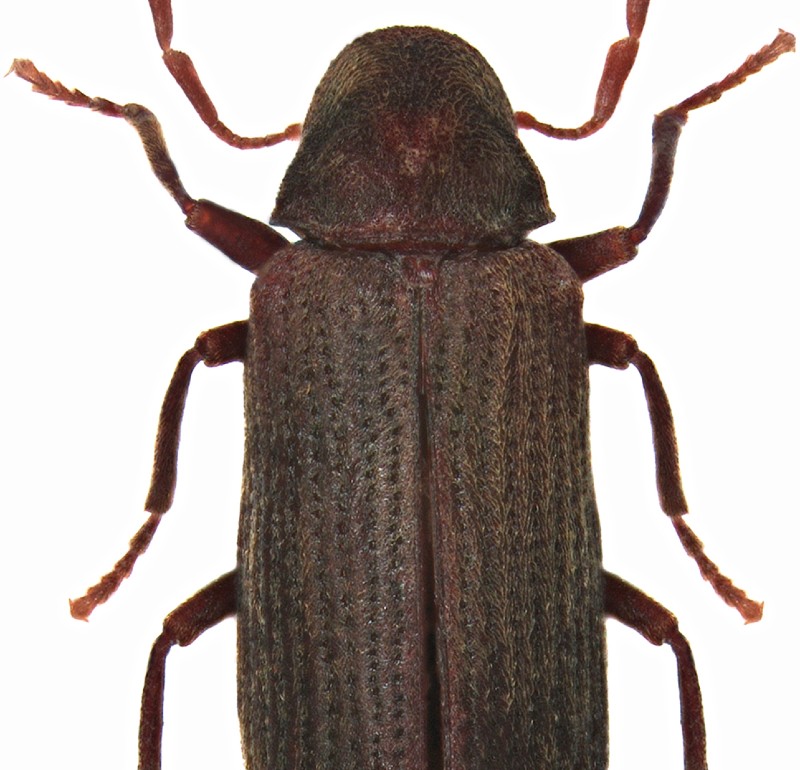
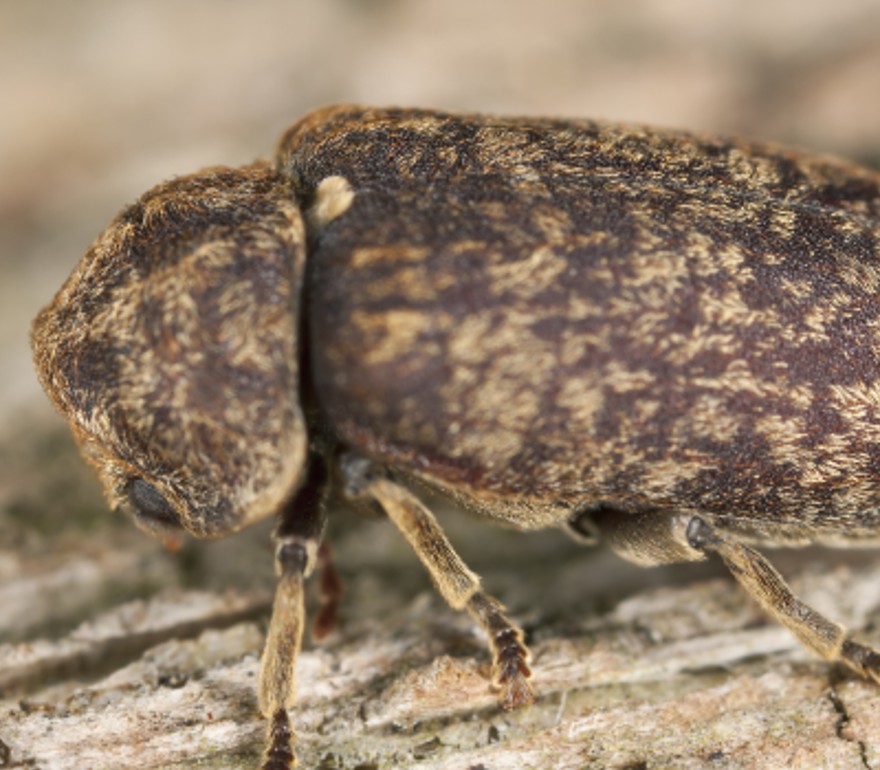
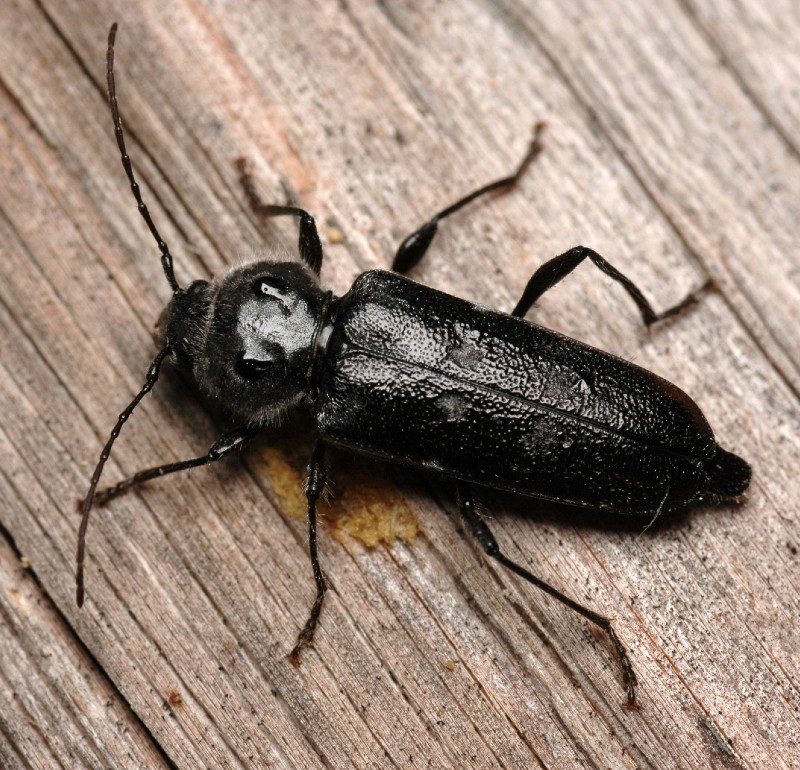
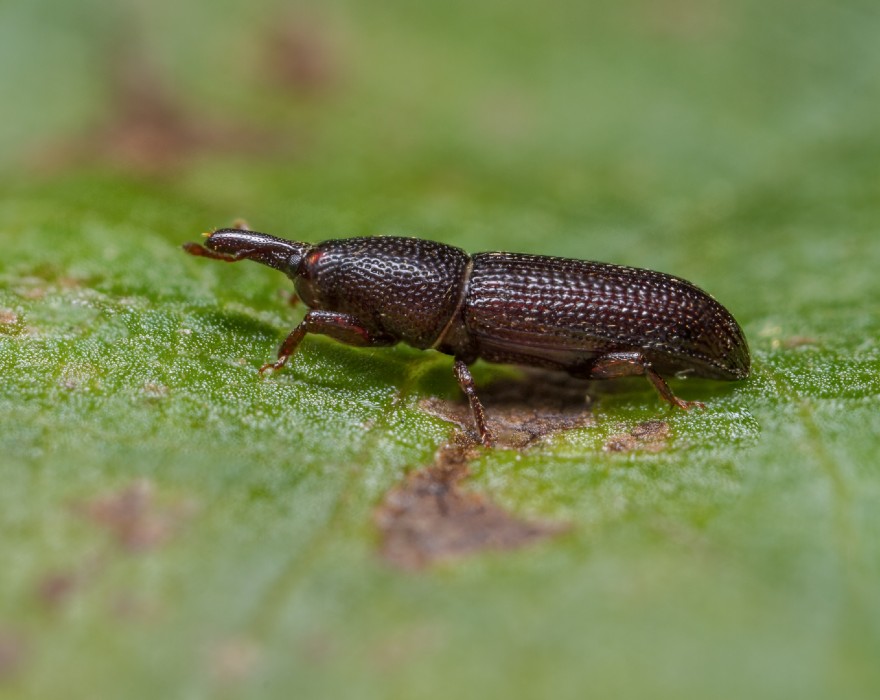
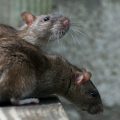
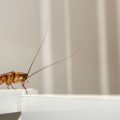


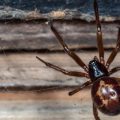
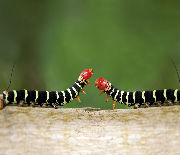
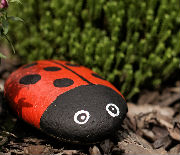
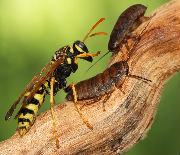
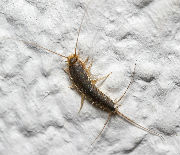
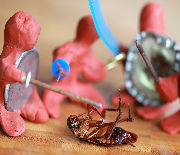
Leave a Reply